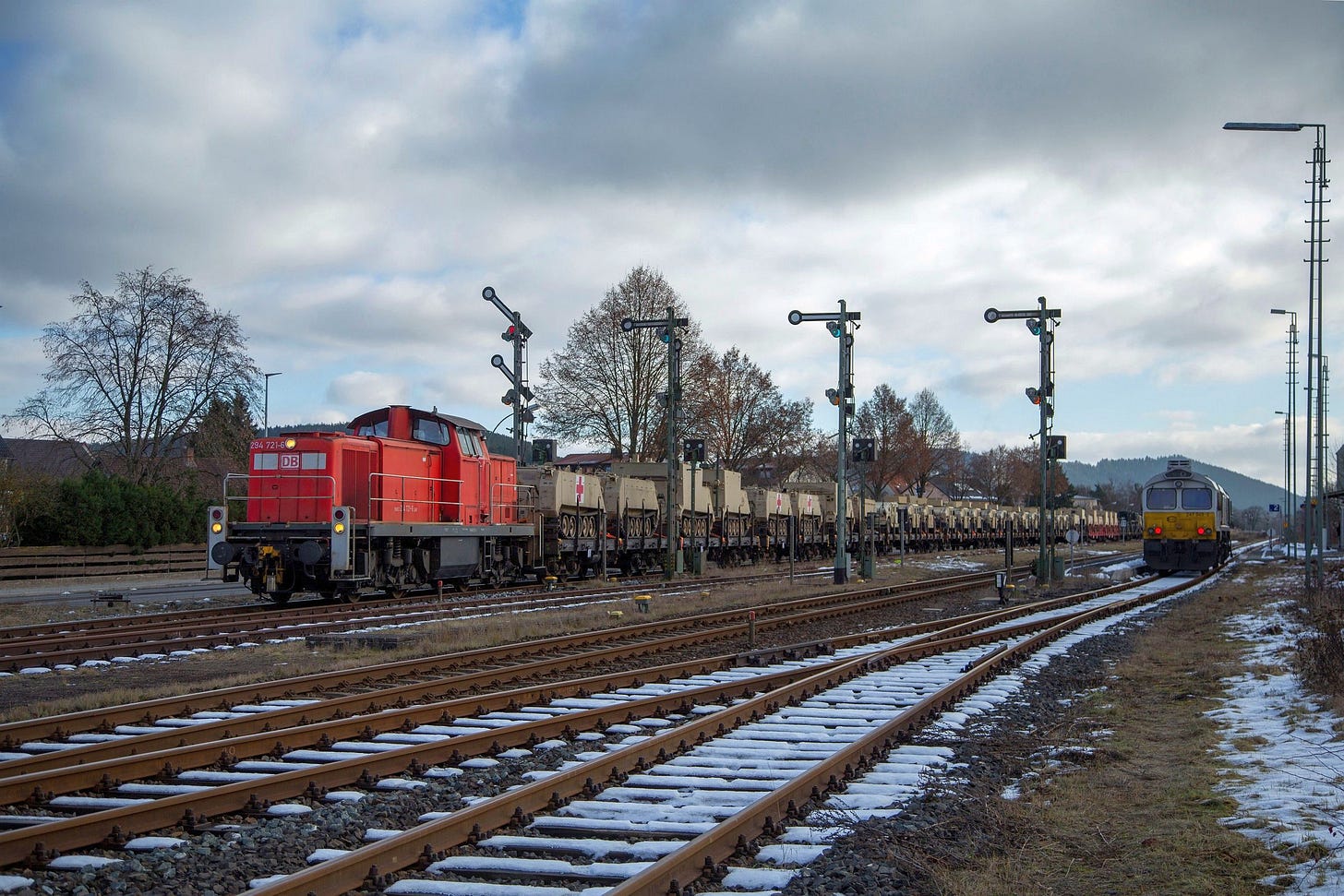Europe’s ‘Military Schengen’: the EU’s first real test of operational cross-border governance

The European Commission’s new defence mobility package, presented today, on 19 November, is framed as a security initiative. But its deeper significance lies elsewhere: for the first time, the EU is testing operational, time-bound governance across borders — and that, not the military content, is the real story.
At its core, the package seeks to make it easier and faster for military equipment to move across the EU. It aligns procedures, identifies dual-use chokepoints, and creates expectations of coordinated decision-making between transport, customs and defence authorities. These steps remain modest. But they require something the EU rarely attempts: a shared operational rhythm across multiple national systems.
That makes the package more than a defence measure. It is a controlled environment in which the EU can test how cross-border mobility works when time pressure, prioritisation and real-world constraints interact.
What the package actually commits to
The Commission outlines three concrete elements:
1. Streamlined authorisations
Member states are asked to adopt simplified documentation and respond within set time limits. Today, a cross-border movement can require coordination between three or four ministries and multiple agencies — often taking 48 to 72 hours. Even a partial alignment of timelines is a notable shift.
2. Targeted dual-use upgrades
The initiative highlights specific bridges, tunnels, rail sidings, port-rail interfaces and border nodes that require reinforcement. Most are on TEN-T, but the defence framing imposes a narrower priority list with political urgency.
3. More structured planning
Authorities will need to share data on routes, restrictions and expected loads more systematically. The EU does not direct movements, but it gains an operational insight it historically lacked — the ability to see where delays arise, and for what reason.
The financing question remains unresolved. Earlier military mobility budgets under CEF were exhausted quickly, and the next MFF cycle has not been finalised. Without sufficient funding, infrastructure upgrades risk lagging behind the new procedures — a mismatch that could weaken both credibility and effectiveness.
Why this matters now
Three pressures converge.
Ukraine: The war exposed that Europe’s bottlenecks are often procedural, not only physical: weight limits, customs checks, agency silos and clearance processes that vary sharply between countries.
NATO readiness: Alliance scenarios assume movements within days. These expectations force the EU to look beyond long-term planning and toward real-time mobility constraints on its own network.
TEN-T’s operational gap: TEN-T provides strategic vision, but little operational governance. The defence package allows Brussels to test tools — deadlines, shared data, prioritisation — that TEN-T alone cannot implement.
Importantly, this is not the first time Europe has coordinated transport under pressure: the Covid-era “Green Lanes” and earlier CEF mobility pilots created precedents. What distinguishes the current package is its scale, its cross-sectoral nature, and the expectation that multiple national authorities move according to a shared tempo.
Political friction lines
The framework will not apply uniformly.
Neutrality states (Austria, Ireland) may insist on narrow interpretations of their obligations.
Frontline states (Poland, Romania, Baltics) are likely to push for more ambition — and faster timelines.
Northern states (Denmark, Sweden, Finland) traditionally support procedural harmonisation but will scrutinise governance and data-sharing details.
These differences matter because operational coordination is only as strong as its slowest node.
Why this functions as a governance testbed
Several tools introduced here — fixed response times, shared situational awareness, corridor-level prioritisation — could, in principle, inform future civilian mobility governance. That is not guaranteed. But for the first time, the EU will observe how such mechanisms perform under real conditions, and where they fail.
The big picture: Europe’s transport network has long depended on national routines, even on its most critical arteries. The defence mobility package does not overturn that. But it introduces operational coordination, time pressure and corridor-level prioritisation into a system built for slow consensus.
Whether the test succeeds or not, it will reveal something essential: how far Europe can move from planning mobility to governing it.


